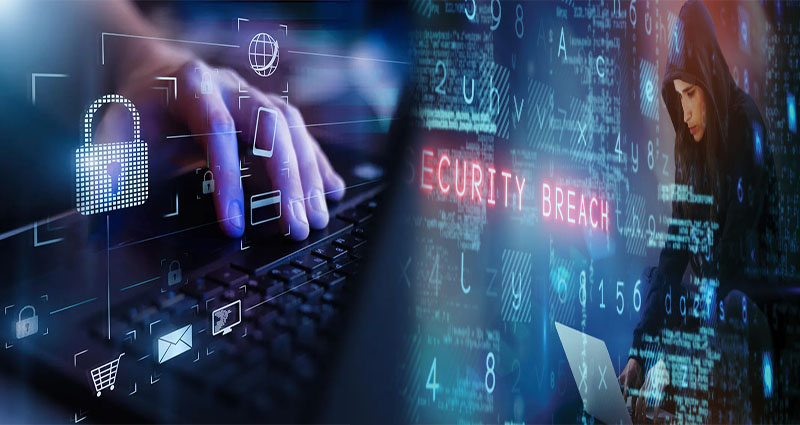Cybersecurity is a complex issue. It involves protecting systems, networks and data from hackers and other attackers, but it also means preventing unauthorized access to the information stored on those devices. The threats that are the most concerning are ones that come from within an organization, as opposed to outside it: insider threats.
Social engineering
Social engineering is the act of manipulating people into divulging confidential information. It can be used to gain access to a computer system and can be used by hackers as an attack vector.
Social engineering attacks commonly involve tricking people into providing sensitive information such as passwords, credit card numbers and social security numbers. In this way, an attacker can gain access to your account or device before they have physical access–allowing them to steal data from you without ever having physical contact with your device or network infrastructure
Insider threats
Insider threats are a serious risk that you need to be aware of. Insider threats can come from both malicious insiders or unintentional mistakes made by careless employees, but they can have the same impact on your company’s brand and reputation. Insider threats may be intentional or unintentional, but either way they represent a combination of human error, social engineering, and insider knowledge.
Insider threats include:
- Malicious Insiders – Employees who intentionally exploit their access for malicious purposes such as stealing data or money from the company
- Accidental Insiders – Employees who unintentionally expose sensitive information due to lack of training or knowledge about security policies
It’s the combination of these risks that can cause the most damage.
As you can see, the risks are many and they work together to create a situation where the insider threat is more dangerous than ever before. It’s important to understand the risks and how they work together so that you can protect yourself from them.
If an insider has access to your network and has malicious intentions, it’s not hard for them to cause damage by using these methods:
- They could use their privileges as an employee or customer (or even contractor) in order to gain access or control over critical systems like email servers or databases containing sensitive data. This would allow them access all kinds of information about others’ identities, credit card numbers and other personal details that could be sold on dark web markets for profit without any traceability back towards your company name itself; thus causing serious harm without anyone knowing what happened until after damage has already been done!
The information about how cyber attacks happen is important to protect people’s security.
The information about how cyber attacks happen is important to protect people’s security.
The information is not secret and is available to the public.
It is important for people to know about the dangers of insiders, so that they can take precautions against them and prevent insider threats from happening in their organizations.
The information about how cyber attacks happen is important to protect people’s security. We can’t stop all attacks, but we can make it harder for them by being aware of the risks and taking steps to protect ourselves against them.

